Italian lighting design company Arteluce was established in 1939 by the young Venetian designer-entrepreneur Gino Sarfatti. Political upheaval at the time forced Sarfatti to abandon his aeronautical engineering degree in Genoa and move with his family to Milan. There, despite a lack of formal design training, Sarfatti embarked on a lighting career. Yet it is arguably because he was wholly self-taught that Sarfatti immersed himself in the full lifecycle of the design process, from conception to production, collaborating with artisans and architects to create stronger, lighter, and cheaper modernist lamps than Italy has seen before.
During the Second World War, Sarfatti fled to Switzerland, returning to Milan after the war to restart his company. In 1951, Arteluce’s first retail outlet opened on the bustling Corso Vittorio in central Milan (now named Corso Matteotti). The shop was re-designed by
Marco Zanuso in 1953. Arteluce's second outlet, located on the glamorous Via della Spiga, was designed by Sarfatti's lifelong friend and fellow lighting designer Vittoriano Viganò in 1961.
Arteluce quickly established itself as a successful and visionary lighting brand thanks to Sarfatti’s commitment to technical, material, and production research. He designed over 400 lamps in his lifetime (though some sources say it was as many as 700), which are celebrated for their minimalist yet expressive aesthetic and experimental materials. In the mid-1950s, he began to work with Plexiglas, and, in the early 1970s, he pioneered the use of halogen bulbs into fixtures. Sarfatti also dedicated himself to improving every single element of a light fitting, from the switch to the wiring and the reflectors. The ultra-minimal Model 1063 (1954) would influence Italian floor lamp design for years to come. It was awarded the prestigious “Grand Prix” at the Milan Triennale and is known as the most eloquent example of Sarfatti's purist vision of beauty in everyday objects. In the same year, Arteluce was awarded the ADI Compasso d’Oro for the Model 559 and again the following year for the Model 1055.
In the 1960s, Arteluce became a creative hub for Italy’s most talented designers, producing designs by major talents, such as
Franco Albini,
Cini Boeri, Franca Helg,
Ico Parisi, and
Massimo Vignelli. The lighting installation for the Teatro Regio opera house in Turin—one of Arteluce's last projects, which comprised hundreds of pendant plexiglas tubes installed under the direction of legendary architect
Carlo Mollino in 1972—is considered one of the company's greatest achievements.
In 1973, Sarfatti sold his business to Flos and retired to Lake Como. Many Arteluce creations are still in production today, and several original models are housed permanently in important museums like MoMA in New York. Somewhat forgotten after merging with Flos, Sarfatti’s designs are experiencing a renaissance amongst vintage collectors following the first retrospective exhibition of his work at the Triennale Design Museum in Milan in 2012.
* Images courtesy of Flos

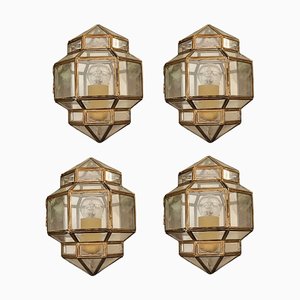
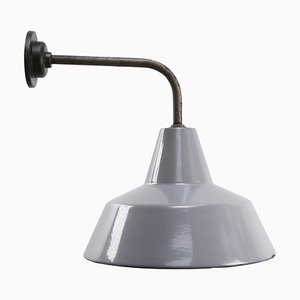
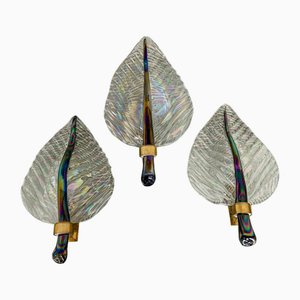


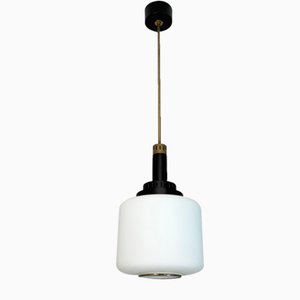


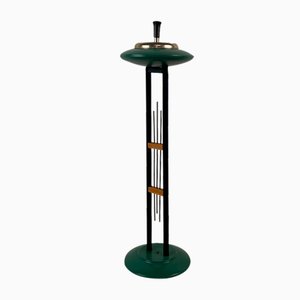


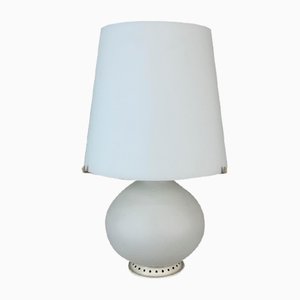


Get in Touch
Make An Offer
We noticed you are new to Pamono!
Please accept the Terms & Conditions and Privacy Policy
Get in Touch
Make An Offer
Almost There!
To follow your conversation on the platform, please complete the registration. To proceed with your offer on the platform, please complete the registration.Successful
Thanks for your inquiry, someone from our team will be in touch shortly
If you are a Design Professional, please apply here to get the benefits of the Pamono Trade Program